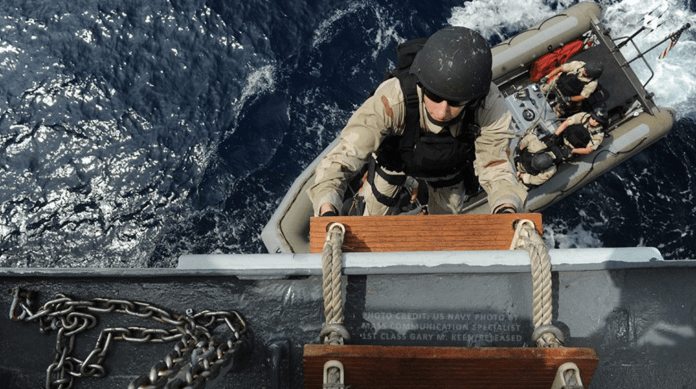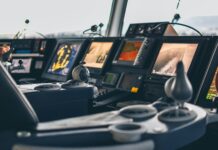
Shipping and oil organisations have agreed to reduce the geographic boundaries of the “High-Risk Area” (HRA) for piracy in the Indian Ocean due to a continued downward trend in Somali piracy.
In particular, the changes agreed by Baltic and International Maritime Council (BIMCO), International Chamber of Shipping (ICS), International Association of Dry Cargo Shipowners (INTERCARGO), International Association of Independent Tanker Owners (INTERTANKO), and Oil Companies International Marine Forum (OCIMF), are anticipated to reduce the HRA boundaries to the Yemeni and Somali Territorial Seas and Exclusive Economic Zones in its eastern and southern reaches, effective from 1 September.
Furthermore, the organisations in consultation with international partners will take a new approach to assess international maritime security threats so that shipowners and operators fully gauge the risk of voyages worldwide. This second step is expected to be completed by 31 December.
The HRA was created at the height of the Somali piracy threat in 2010 to show shipowners, operators and seafarers where pirates operated and where extra vigilance was required to avoid attacks.
Subsequent updates to the HRA have reflected the changing nature of threats in the region, including the successful suppression of Somali pirate action, as Somali pirate groups have not attacked a merchant vessel since 2017.
However, new threats from local conflicts and insurgents have emerged the existence of more severe security threats, such as piracy off West Africa, necessitating a change in how industry assesses such dangers to shipping.
“The security landscape is constantly evolving, and as new security threats have emerged or intensified outside the Indian Ocean it has become clear the HRA is outdated and misleading,” noted Secretary General of ICS, Guy Platten, highlighting the need for HRA update.
He went on to explain, “At the height of the crisis, the HRA was essential in raising awareness of the Somali Pirate threat and the need to apply mitigation measures, but it has essentially served its purpose in protecting crews and vessels in the region. Now our attention must shift to ensure we cover all maritime security threats around the globe so we continue to protect the lives of our seafarers and keep global trade moving.”
Moreover, Secretary General and CEO of BIMCO, David Loosley commented, “As demonstrated with the recent security incidents in the waters around the Arabian Peninsula, we need a more granular approach to the concepts of threat and risk.”
He also argued that the next logical step is to develop a global, threat-based concept that captures how ships of various types, sizes, nationalities, ownership, etc. face different risk levels.





